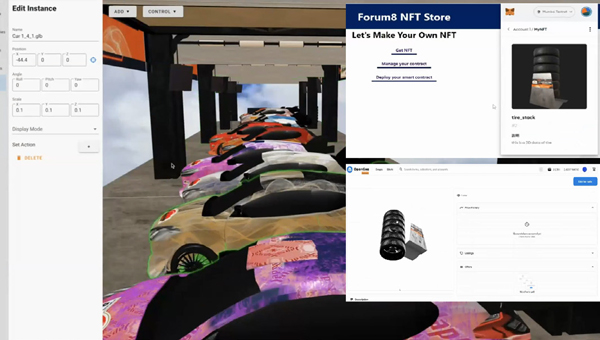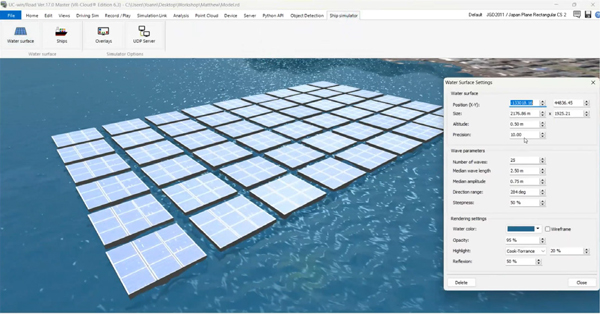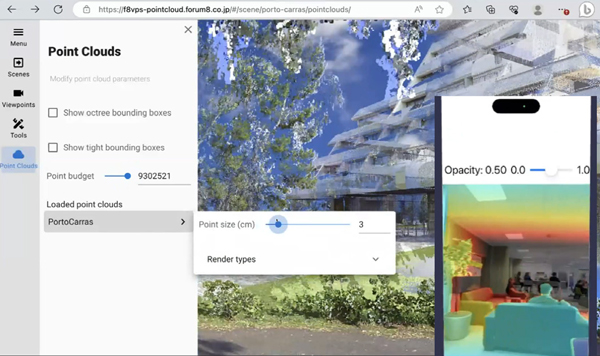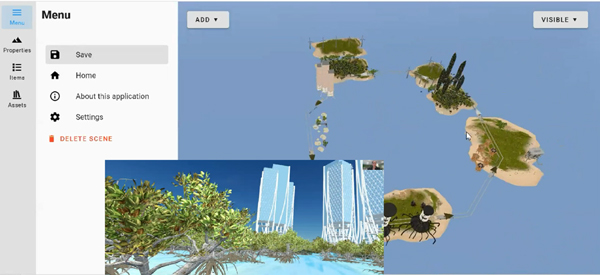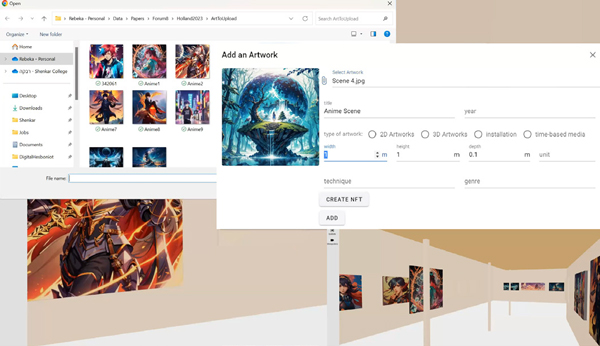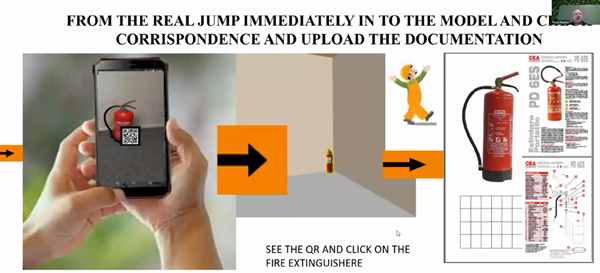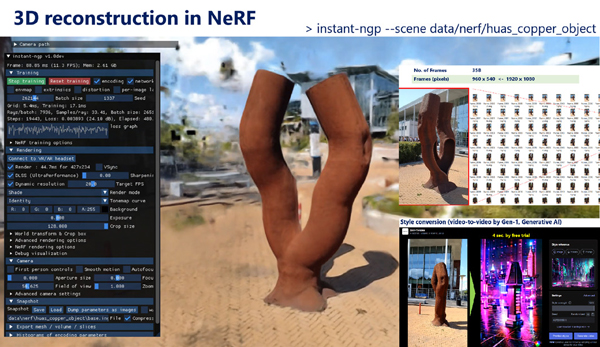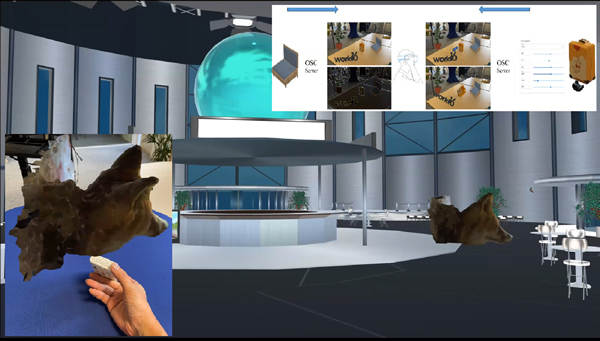
The travel restrictions due to the COVID-19 pandemic that began in spring 2020 have finally been lifted, allowing workshops to be held overseas as before. This is a report from the 14th VR Summer Workshop 2023 of the World16 members, held in Groningen, the Netherlands.
World16 is an international research group of VR researchers and university professors in architecture and urban design fields, who engage in activities to propose and develop innovative projects through a multi-day workshop each summer. Unlike academic international conferences, having a fixed number of members makes it possible to discuss long-term development plans from different perspectives. In addition, we aim for a new form of industry-academia collaboration that is different from the usual request-type exchanges with researchers, and unique in that we develop prototypes together with corporate developers.
This year, the workshop was held at the Hanze University of Applied Sciences, where Prof. Amar Bennadji, one of the World16 members, teaches. Groningen is a northern city near the German border, two hours by train from the Dutch capital Amsterdam. The city has a large student population and is also known for its high rate of bicycle use. Bicycle lanes have been installed, and I was surprised to see so many bicycles all over the city. There is a lot of material to study about urban planning.
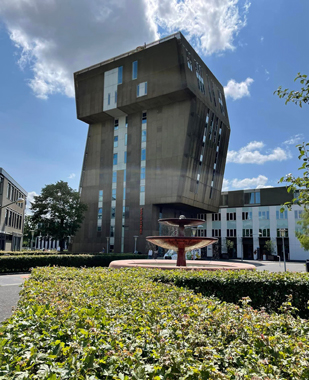
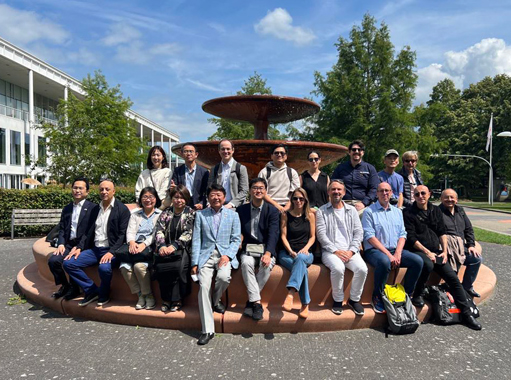
Now, I would like to introduce the projects proposed in this workshop.
Prof. Thomas Tucker, Virginia Tech. and Prof. Marc Aurel, the director of CIC Forum8 Lab and the former department chief of Victoria University of Wellington proposed VR and NFT cooperation. To promote rallying, one of the motor sports, they developed a prototype system that allows users to obtain 3D content by scanning QR codes in the space and register their own edited content as NFT. FORUM8 is a sponsor of the WRC (World Rally Championship) and is thinking of using this system at the FORUM8 Rally Japan in November.
Prof. Matthew Swarts, Georgia Tech. has developed a simulation tool for offshore solar panels. It allows users to visually observe the effects of ocean conditions on various types of solar panels in VR space, while calculating energy efficiency.
Prof. Dongsoo Choi, Virginia Tech. has made it possible to acquire and visualize 3D point cloud data in real time using simple devices such as smartphones. There are still many challenges in realizing real-time data acquisition from cloud-based point cloud observations and their real-time display, but he will solve these issues in the future.
Prof. Ruth Ron, University of Miami suggested using F8VPS, FORUM8's online VR service, to display student work in actual college classes. She determined how to convert the data of 3D content for online use, and made a list of requirements for smooth interface development by the average design student.
Dr. Rebeka Vital, Shenkar College of Engineering, Design and Art developed an interface that allows curators to freely edit VR works in F8VPS, an online VR service. By allowing users to control where and which works are displayed, a VR museum can be created quickly.
Prof. Paolo Fiamma, University of Pisa proposed a system for confirming fire safety using digital twins technology. When inspecting the fire extinguishers installed in a building, it is possible to access the database by scanning the QR codes attached to each fire extinguisher in order to quickly reflect its location and data in the digital twins.
The proposal by Prof. Amar Bennadji, Hanze University of Applied Sciences was the VR circular economy of architectural materials. He is conducting a demonstration experiment at the university to create a database of building materials such as window frames, columns, beams, and walls from demolished houses and reuse them in the construction of new houses. The system will be improved to support the SDGs by managing this data in the VR space and visualizing the economic impact.
Prof. Tomohiro Fukuda, Osaka Univ., proposed a VR application of the Neural Radiance Fields (NeRF), a technology for creating 3D objects from multiple images. He experimented with a new technology that could render 3D models without meshing, and tested the data generated to create a normal 3D mesh and link it with AI tools.
The cooperation of tangible device and XR space was the theme of Dr. Sky Lo, the Hong Kong Polytechnic University. He proposed a tool that allows 3D manipulation of VR models by touching and moving real objects. A new interactive interface is available by rotating and moving 3D content using an eraser placed on the table.
A new story telling using D-ID, an avatar movie creation AI tool, was proposed by Prof. Kostas Terzidis, Tongji University. By making it appear as if a real person and an AI avatar were having a conversation, or by swapping the real people, he demonstrated the possibility of advertising and product explanation that had not been possible before.
In July 2023, Dr. Yoshihiro Kobayashi, Arizona State University has published a book called "Learn Cloud & AI in 1 Day" from FORUM8 Publishing. This book is for those who take the Expression Technology Test held by the State of the Art Technologies Expression Association. To propose a learning method that would provide a one-day overview of the important topic of cloud and AI, he showed how to use D-ID to create videos with different characters reading text aloud.
Prof. Marcos Novak, University of California, Santa Barbara customized FORUM8's software by using the ChatGPT. ChatGPT is not just for Q&A conversations, it also writes actual programs and provides tips. If it can be linked with ChatGPT via F8VPS or UC-win/Road API, it will be a support function when users want to develop their own. He also tried to use ChatGPT to reduce the number of polygons in the 3D data so as not to change the shape as much as possible.
This year, many proposals were related to the F8VPS, an online VR tool, and to the collaboration with AI tools. The results of the Summer Workshop will be presented at the VR Symposium at the FORUM8 Design Festival in November.
Invited Lecture and Scenery of Groningen
The following two invited speakers presented at this workshop.
First lecture was given by Berend Posthumus He is a Dutch architectural 3D designer and creates 3D models and renderings for architects. He talked about the following three digital artists who have influenced him and generative AI.
- Beepl (htps://www.beeple-crap.com/) is the most famous NFT artist in the world. A collection of 3D art created non-stop for 5,000 days was sold at Christie's for 7.5 billion yen.
- Pak (Creator) is one of the highest earning artists alive. In 2021, he sold more than 10 billion with NFT.
- Refik Anadol (https://refikanadol.com/) is an artist who creates new styles using AI and other technologies.
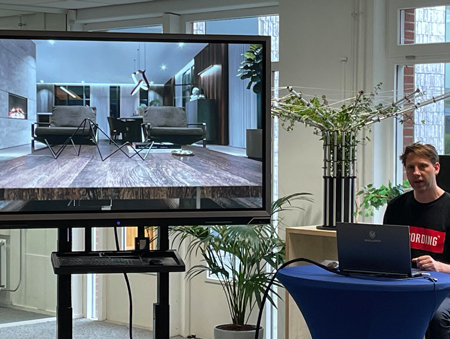
The second lecturer was given by Prof. Ihsan Bal from the Earthquake Resistant Structures & Promising Groningen, Hanze University of Applied Sciences. He talked about the overview of earthquakes in the Netherlands and his research on the automatic detection of cracks in brick buildings using image generation AI. In Groningen, more than 100,000 houses have been damaged by earthquakes caused by gas extraction from gas fields. The government needs to conduct surveys for housing repairs, but there are limitations with existing survey methods. Professor Bal wants to use AI to automate the selection of houses and brick structures in need of repair. The lecture was held in a building called BuildinG, located on a large site on the outskirts of Hanze University of Applied Sciences. Many joint research projects have been carried out with companies, including the Earthquake Research Institute.
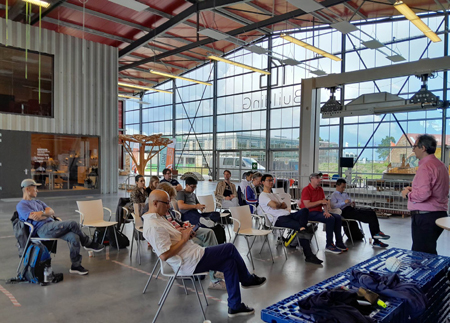
On the first day, we did a city tour of Groningen and a boat tour. We could get around the city center by boat in about an hour.
The social gathering on Day 4 was held on the rooftop of a unique building called the Forum (the building in the middle of this workshop poster) in the center of Groningen. There are many unusual shaped buildings at Hanze University of Applied Sciences, and I felt the challenge of the students.
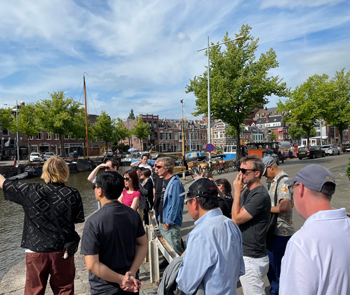
Boat tour
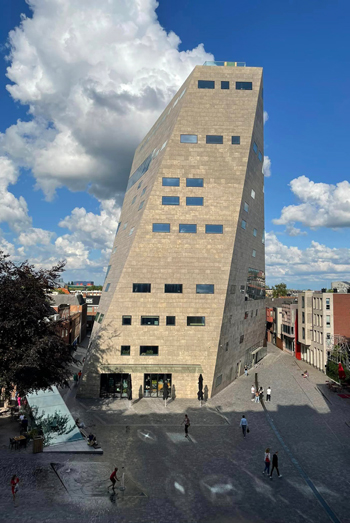
Building of Forum
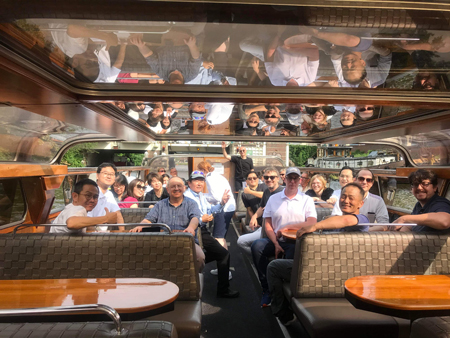
City Walk

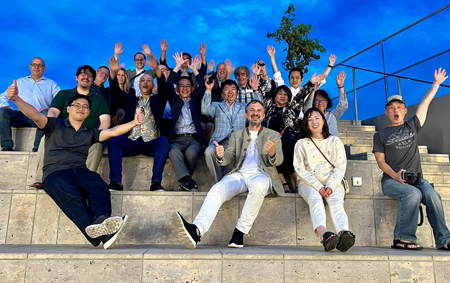
Social gathering party
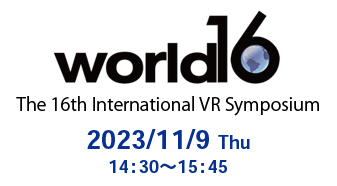
Proposals for the use of VR have been presented and discussed at the International VR Symposium. The presentation of the advanced R&D and packaging product development realized through the collaboration between World16 and FORUM8 will take place at the Design Festival DAY2.
(Up&Coming '23 Fall issue)

